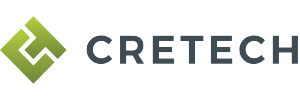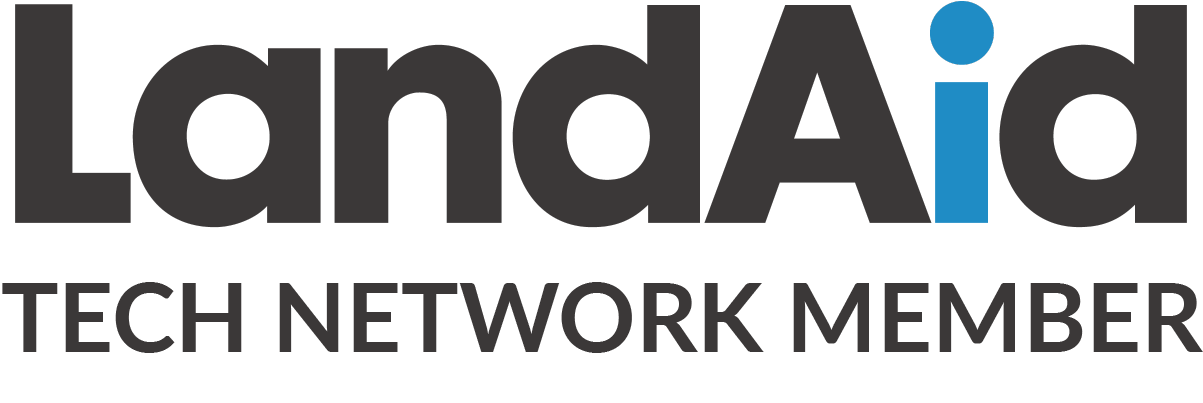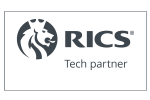Due to serious breaches in health and safety, fines in the millions and strict sentences for business directors are becoming increasingly commonplace.
Big-name organisations like Travis Perkins, Iceland and more have all been on the receiving end in recent years, but it’s not only those that have suffered the consequences.
Smaller organisations are also faced with the reality of changing health and safety inspection guidelines, with fines in the hundreds of thousands for businesses with a turnover of up to £10 million.
It’s clear that health and safety in the workplace are to be taken seriously. The survival of a business is at stake, so it’s not worth taking a chance on.
Although not solely the concern of construction companies, some sectors will naturally have stricter health and safety guidelines in place. For example, in 2020, a prominent construction company was fined over a quarter of a million pounds after one employee was injured during a fall from an unprotected opening on site.
Accidents are a real threat for businesses in the construction sector, and 2019 was a year that saw over 50,000 cases of non-fatal work-related injuries, as reported by the Health and Safety Executive (HSE). In this instance, safety measures were overlooked, so the company was at fault, albeit indirectly, for the accident.
As we’ve already discussed, the cost of non-compliance can be extremely high, so it’s worth remembering why health and safety at work are so important and also how technology can play a role in the inspection and reporting process.
What are the benefits of good health and safety?
Health and safety should not be seen as a burden. In actuality, it presents numerous opportunities for businesses that fully comply. Taken at face value, it may seem obvious, but looking after your premises and staff can offer lots of benefits, like:
- Reduced risk while at work
- Lower employee turnover
- Better productivity across the workforce
- Mitigate the chance of accidents
- Significantly reduced costs in litigation or compensation
- A higher reputation for responsibility and safeguarding
The costs of failing health and safety
Every year, the personal and financial cost of failing health and safety is eye-watering. For minor breaches of health and safety, there is a maximum fine of £20,000, but when a breach puts someone’s life is on the line, there can be no limit to the fine incurred.
Over the years, because of this very fact and contrary to what many might believe as new guidelines are put in place and laws passed, the average fine has increased rather than decreased.
Work-related illness and injury mean that millions of working days are lost each year in the UK. This can significantly hamper productivity and a company’s bottom line. After all, less work means less output. In turn, this amounts to lost revenue.
Sadly, thousands of people die from occupational diseases each year, with over a million people reporting that they have suffered from a work-related illness. And, as we mentioned, hundreds of thousands of workers are injured every year, with one person injured fatally at least every day.
So where do we go from here? How do we ensure that health and safety are taken seriously without negatively affecting our workforce’s productivity?
Using technology to manage health and safety
Although the Health and Safety at Work Act came into place in 1974, long before today’s digital age, there’s no reason why businesses can’t adopt software solutions to help them manage health and safety in the workplace. Technology can revolutionise business practices to no end.
More recently, we’ve seen technology play a huge part in training, with groundbreaking augmented reality (AR) and virtual reality (VR) tools being harnessed to train people in a real-world setting without compromising their safety. This use of technology makes training safe and effective, enabling people to carry out vital training practices without the need for risk.
Another area that has benefited from technology has been risk prediction. Proactively managing risks using data and artificial intelligence (AI) can go a long way towards identifying potential hazards or negative trends before they occur, enabling businesses to stamp them out well in advance.
Also, when it comes to monitoring and reporting, significant strides have been made to develop tools capable of real-time evidence gathering and communication, making it possible for multi-site teams to connect, with added transparency for all stakeholders including external contractors.
With pre-made templates for most health and safety concerns, like Fire Risk Assessments and Commercial Property Inspections, accessed wherever you are from your smartphone or computer, the inspection and reporting process is now much simpler and much more efficient.
When businesses can significantly lessen the time it takes to complete detailed reports, it stands to reason that productivity will increase, with the added bonus of automated workflows tracking key pieces of information for organisations.
No matter your industry, employers have a duty of care. Your staff should feel safe at work, whether it’s a dangerous sector like construction or a humble retailer. Building a culture of proactivity, utilising end-to-end inspection software, and making safety management easier for all involved can be a real game-changer for your company.
If you’re ready to explore how your business can benefit from inspection and reporting software, book a free demo today.










